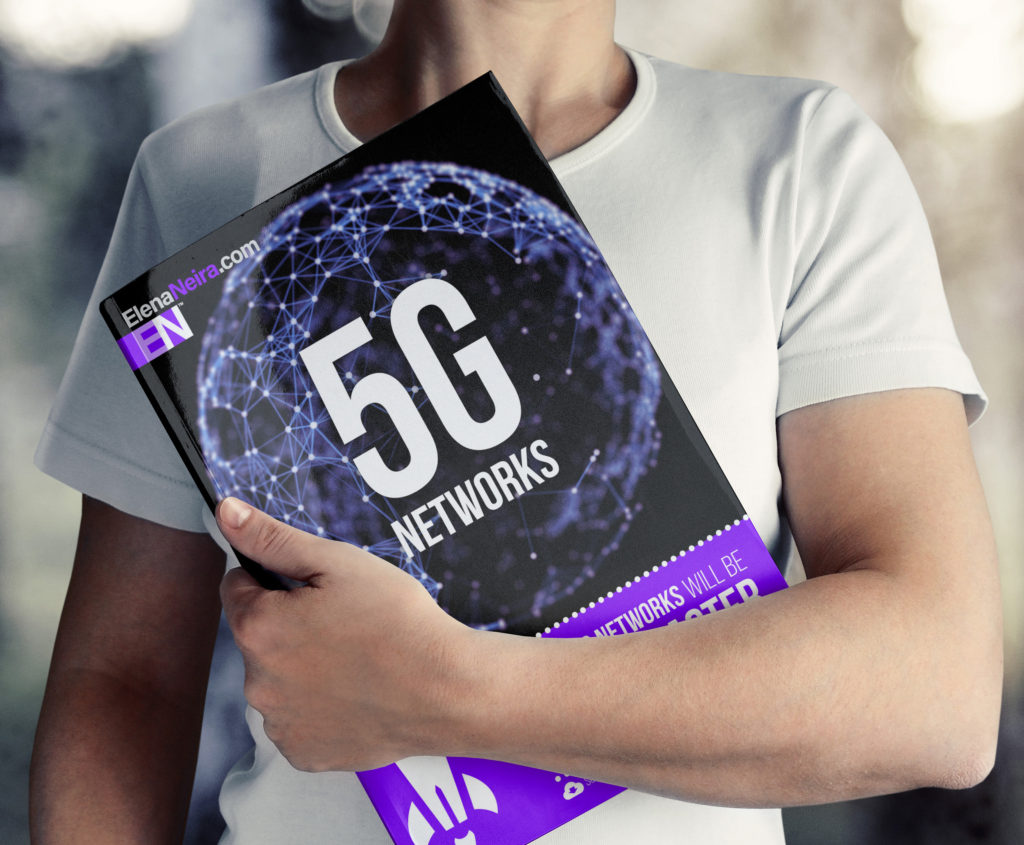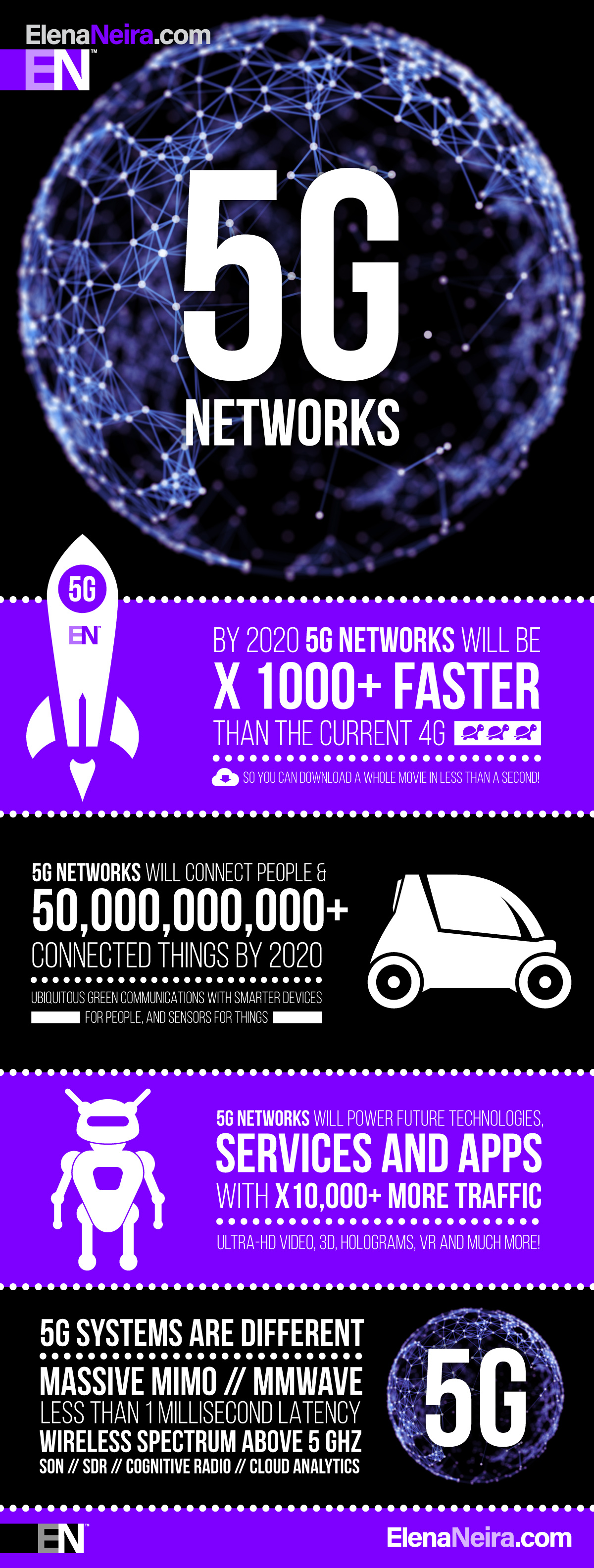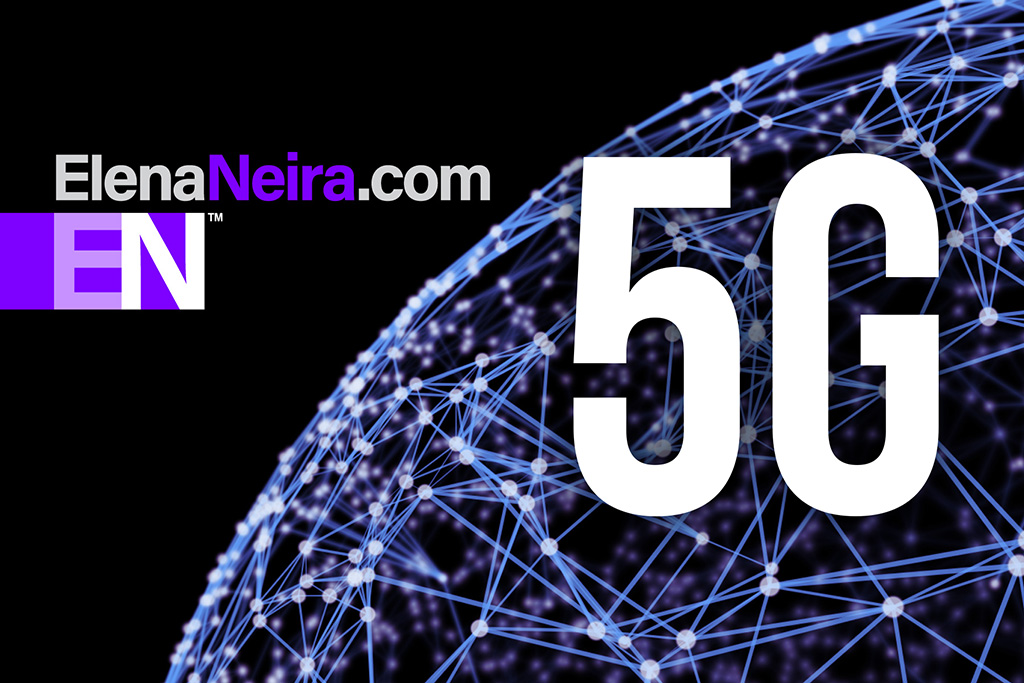With more daily users than Twitter and bigger engagement than Facebook in under one month, Pokémon GO is a viral phenomenon with unprecedented growth at global scale. It launched in the US and just 10 days after this augmented-reality multi-player mobile game app reached the same active users that Twitter reached in 10 years. Let’s look at this and record-breaking numbers -users, engagement, market cap- as well as companies and technologies behind it, and the impact in the future of mobile and 5G.
@elenaneira
Record-breaking Active Users, Engagement Numbers: The mobile app 20+ million daily active users has already surpassed that of Twitter and other major top-rated games like Candy Crush which are also available via mobile app stores. Players go out to the world with their smartphones to capture exotic creatures and/or to interact with other app users, and in doing that they are spending far more time daily in the app than in some other popular apps, including Instagram, Snapchat, and WhatsApp with latest reports indicating that the engagement has surpassed all other social networks because the time playing Pokémon Go is more than the time on other social media app including Facebook.
Nintendo Market Cap is Soaring: Active users and engagement are not the only records that Pokémon GO is breaking. In the world of finance and investment, the app has been producing for its parent company, Nintendo, record-breaking increases in market cap valuation. The July 16 data point had the firm’s shares up by over 50% since the game’s release, adding $11 billion to its valuation. Unity Technologies, maker of the app’s core engine technology has also being surging in value since the launch.
Global mobile connectivity, augmented reality, GIS, and geolocation technologies power Pokemon Go: Behind the scenes is a global connectivity platform with Android/iOS smartphones on the device side and 3GPP-based global mobile communications on the infrastructure side. Unity makes the game engine that runs Pokemon Go. This is the same technology hat its software is used in about 90% of the content created for virtual reality platforms including Samsung Gear VR and Facebook Oculus. And with the recent events. Probably Unity, and the rest of the industry will put more attention on the futures to support the augmented reality aspects of their products. Then, using GPS (Global Positioning System) and mapping technologies including GIS (Geographic Information Systems), the app developer Niantic Labs put it all together into a user experience that has gain the hearts of millions around the world.
What Pokemon Go Means for the Future of Mobile and 5G: The game shows the potential of mixing mobile, geolocation, augmented reality and social; it shows that users ‘appetite for combining real and digital worlds to create new realms is big. Soon we will see these capabilities applied to not only games but also finance, transportation, healthcare, education, manufacturing, retail and many more in 5G.
Resources: Sensor Tower, SimilarWeb Report, Survey Monkey The Economist



 China and Europe report 5G Peak Speed Record of 9.83 and 20 Gbps, Respectably
China and Europe report 5G Peak Speed Record of 9.83 and 20 Gbps, Respectably  Facebook Announces OpenCellular Addition to TIP
Facebook Announces OpenCellular Addition to TIP







